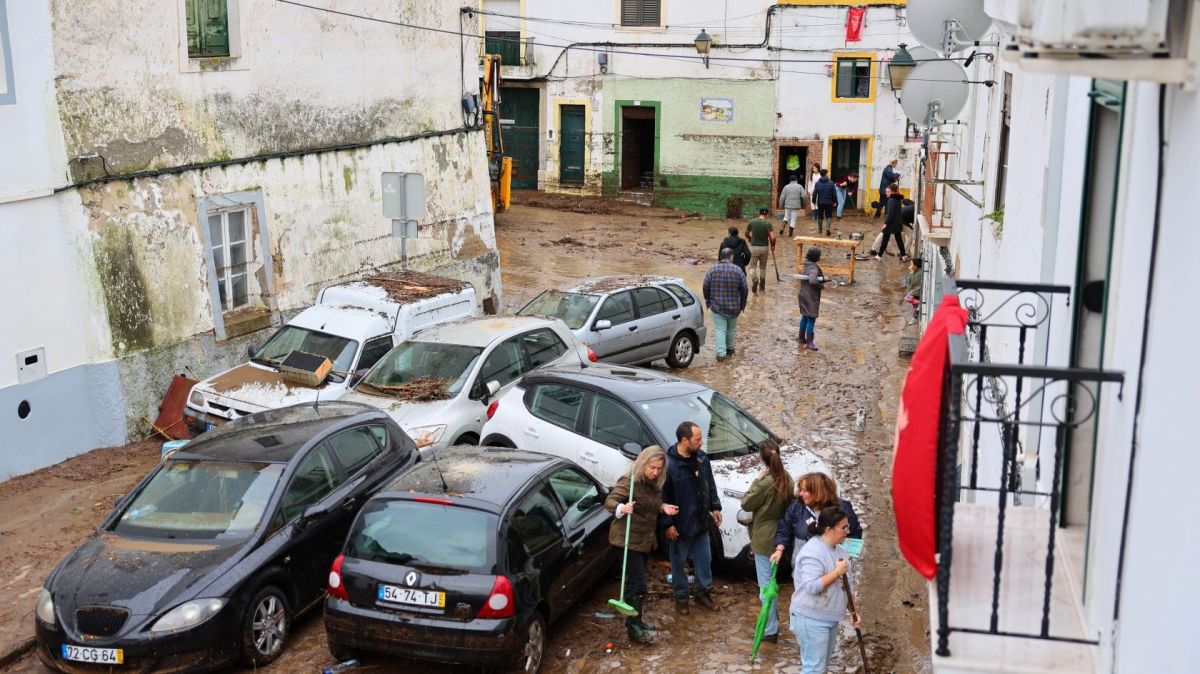With the Algarve region in a drought situation and with water reserves at lower levels than the average of the last decade, the Algarve Intermunicipal Community (AMAL) defended the need to build two new water storage areas on river courses in the region.
“For the Algarve municipalities, it is indisputable that the Alportel and Foupana projects will have a significant impact on the region's water storage”.
The Algarve Intermunicipal Community, which represents the 16 municipalities in the Faro district, also highlighted the importance of building these dams for the urban sector, which includes supplying the population, in addition to the “gains for the agricultural sector” that the increase would produce in water reserves stored in two new reservoirs.
“In the case of Foupana, for example (already envisioned in 1991), it means a reinforcement of the sotavento [east] and barlavento [west], which could help to lower domestic water tariffs”, argued AMAL.
The Algarve mayors also defended the importance of “making use of the water that flows from the Foupana River”, which they quantified at “around 50 cubic hectometers, according to ABPRSA calculations”.
This volume of water represents a “significant increase” in the region’s storage capacity and “would also be important to increase the irrigation perimeter of the Sotavento, extending it from Campina de Moncarapacho [in the municipality of Olhão] to Almancil [in the municipality of Loulé]”, argued AMAL.
The Algarve currently has six dams, four in the windward region (Arade, Odelouca, Bravura and Funcho) and two in the leeward region (Odeleite and Beliche).
The Foupana dam rises in the Serra do Caldeirão and runs through the municipalities of Alcoutim and Castro Marim, until it flows into the mouth of the Odeleite River, a tributary of the Guadiana River.
The Alportel River rises in Barranco do Velho, in the municipality of Loulé, and flows into Tavira.
















